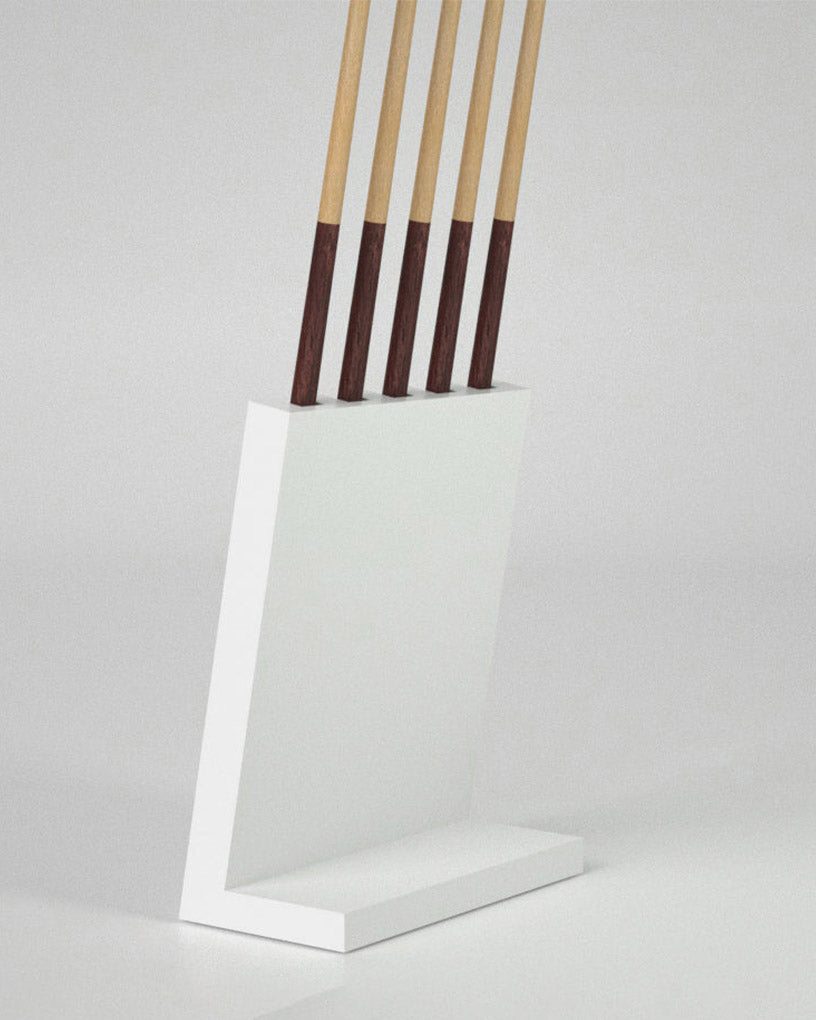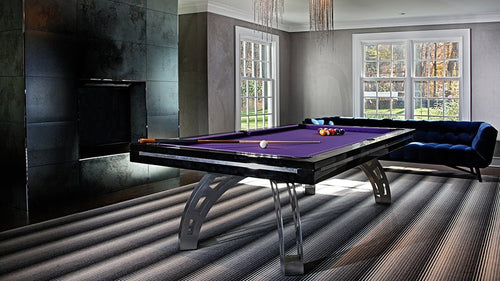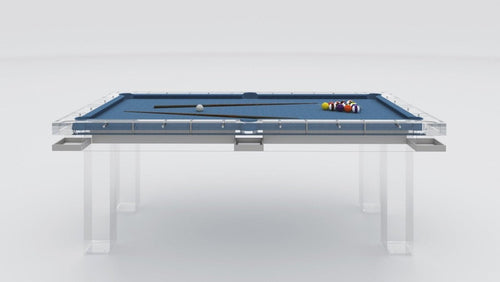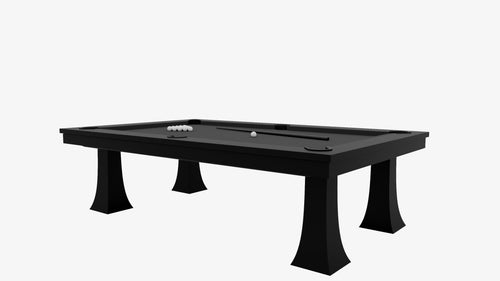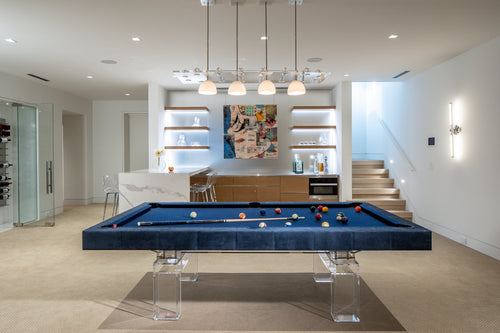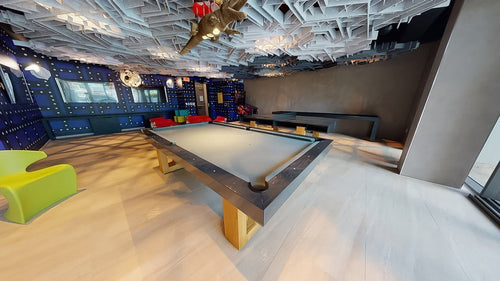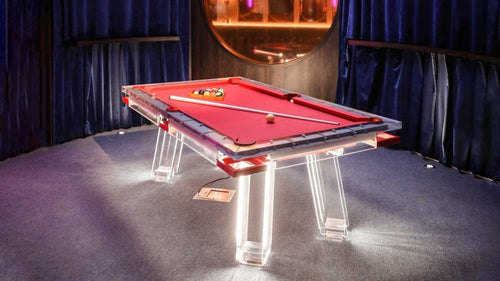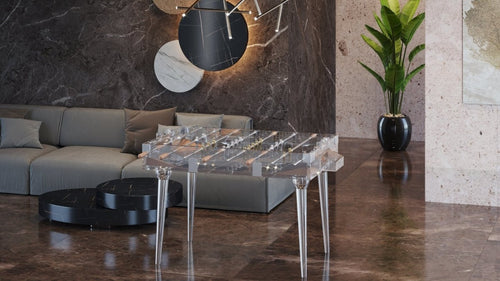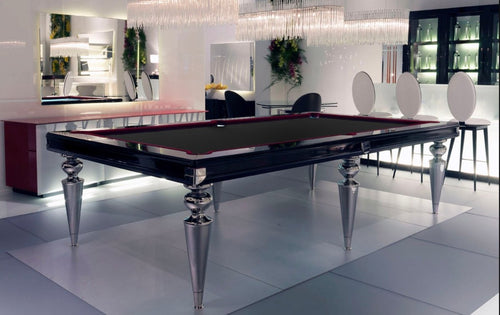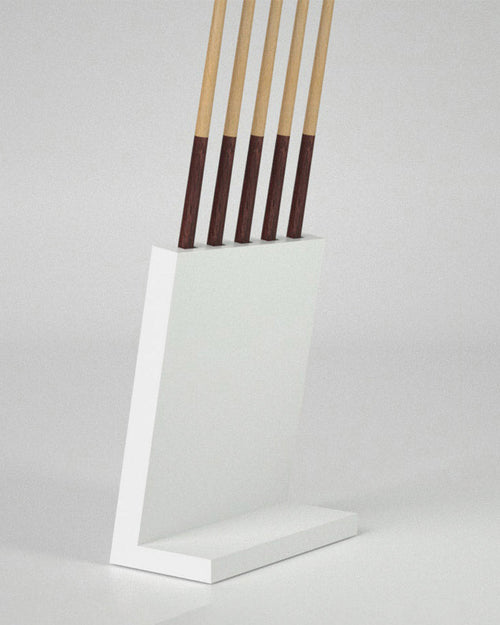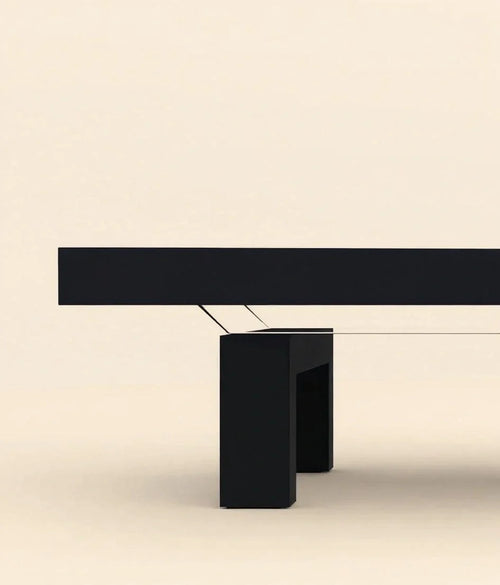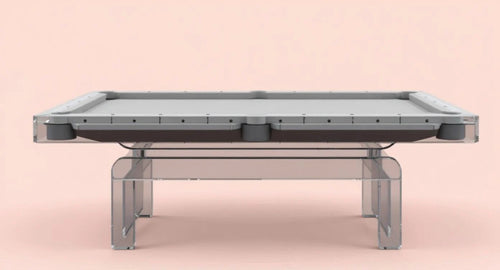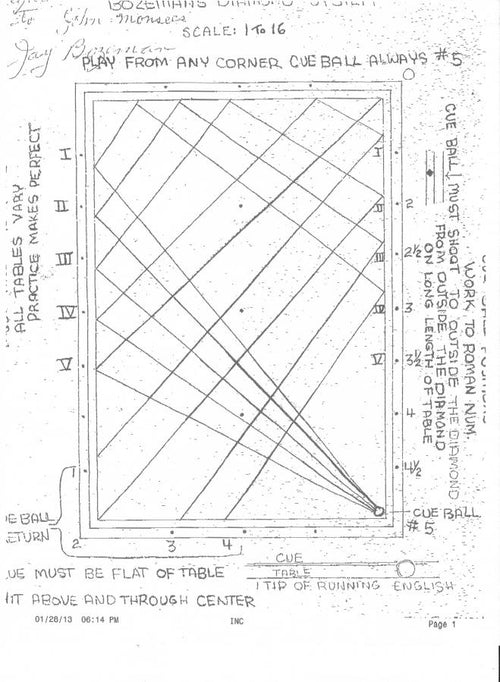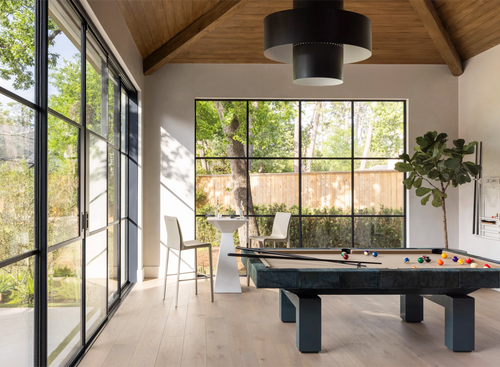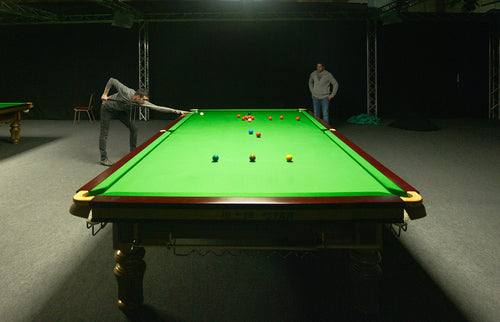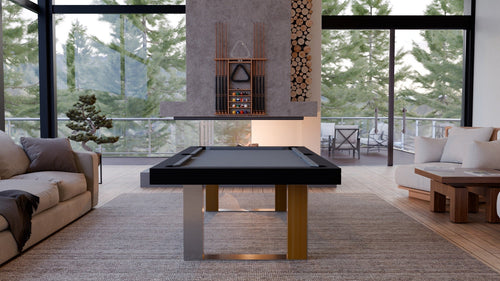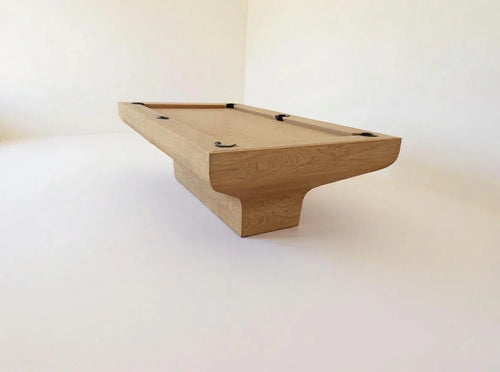Enjoy our modern designs
Every leap—leather tips, ferrules, joints, low-deflection, carbon fiber—removed variables so you can make the cue ball do exactly what you intend.
The cue has evolved for one reason: make the cue ball do exactly what you intend with fewer variables. Every leap—leather tips, ferrules, joints, low-deflection designs, carbon fiber—solved a specific problem. Here’s the real story and how it affects the way you play.
From Maces to Cues: Switching from “Push” to “Precision”
Problem being solved: Early players used maces (flat heads) to push balls. Terrible for spin and accuracy.
What changed: Players flipped the mace and struck with the narrow end → the first cues. Slimmer ends = finer contact point.
Impact on play: Cleaner hits and the birth of true shotmaking, not shoving.
Leather Tip + Chalk: The Spin Revolution (early 19th c.)
Problem: Wood-on-ivory was slippery. No reliable spin.
Innovation: Leather tips + abrasive chalk increased friction.
- English (sidespin) becomes consistent.
- Real draw/follow, swerve, and massé.
- Strategy explodes: pattern play, safeties, intentional kicks/banks.
Reality check: This is the biggest step in cue history. Most advances after are refinements.
Ferrules, Better Glues, and Joints: Durability + Portability (19th–20th c.)
Problem: Tips blew out, shafts split, personal cues were hard to carry.
- Ferrules (ivory → synthetics) protect the shaft end.
- Stronger adhesives keep tips on.
- Two-piece joints (radial, 5/16, Uni-Loc, etc.) made personal cues practical.
Impact: Personal cues become standard. Repairs/tuning routine. Custom craft (tapers, inlays, wraps) takes off.
House Cue Standardization: Accessibility (20th c.)
- One-piece maple sticks in halls made the sport accessible.
- Typical specs: 18–21 oz, nickel/dime tips, Irish linen or leather grips on two-piece cues.
Impact: Anyone can pick up a cue. Skill gap shifts to stroke + knowledge, not access to gear.
Low-Deflection Shafts: Solving “Squirt” (1990s →)
The physics pain: Off-center hits with sidespin make the cue ball squirt because front-end mass resists and shoves the ball off line.
The fix: Reduce front-end mass + tune stiffness (cored/hollow tips, laminates, shorter/smaller ferrules).
- Aiming with English gets simpler and more repeatable → less compensation.
- Learning focuses on patterns instead of gear quirks.
- Tradeoff: feel can be slightly “muted” vs solid maple.
Carbon Fiber Shafts: Consistency Over Time (late 2010s →)
Problem: Wood moves—humidity, temperature and age tweak straightness/feel.
Innovation: Carbon fiber tubes with engineered layups.
- Gains: Dimensional stability; slick surface in heat/humidity; naturally low front-end mass (LD baked in); durability.
- Give up: Different sound/feedback (some hear a ping), higher price, less “organic” micro-vibration than maple.
Butts, Balance, and Taper: The Fit That Actually Matters
- Taper: Pro (long, near-constant) = looser bridge/finesse; European (thickening) = firmer feedback.
- Balance point: Forward-weighted = smoother stroke/easier draw timing; rear-weighted = punchier hit.
- Wraps: Irish linen (dry), leather (cushion/tack), no-wrap (direct).
- Tip hardness: Soft (grip/spin), Medium (balanced), Hard (power/durability).
What Changed in the Game Because of Cue Evolution
- Leather tip + chalk → spin becomes core; safety/position play evolves.
- Joints + personal cues → standardized feel; consistency > luck.
- Low-deflection → less aim math with English; faster positional play.
- Carbon fiber → performance stability across seasons/venues.
Maple vs Carbon: A Frank Comparison
- Organic feedback and traditional sound.
- Lower cost with endless custom options.
- Okay managing humidity/reconditioning.
- Set-and-forget stability with built-in low deflection.
- Slick surface in heat/humidity—no glove/powder.
- Same hit on league night, road trips and tournaments.
How to Test Cues Like You Mean It (15 minutes)
- Baseline aim: Center-ball stop shots down-table—does it return straight?
- Deflection check: Same aim point; add one tip of right at medium speed—measure squirt.
- Spin capture: Long-rail draw/follow—how easily do you load spin without miscues?
- Touch: Slow-roll thin cuts—do you over/under-hit from lack of feel?
- Break feel (if allowed): A couple of medium breaks for feedback.
- Grip test: Slide-stroke with dry vs slightly sweaty hands—any stickiness?
Take notes. Buy the feel that makes you pocket more balls today—not the spec sheet for a forum flex.
Bottom Line
- Leather tips created spin.
- Ferrules & joints made cues durable and personal.
- Low-deflection made sidespin aiming sane.
- Carbon fiber stabilized performance everywhere.
You don’t need the newest thing to play great—you need a cue that removes variables and fits your stroke. If that’s maple, great. If it’s carbon, also great. Pick the tool that makes you miss less and think less about gear—and more about the runout.


